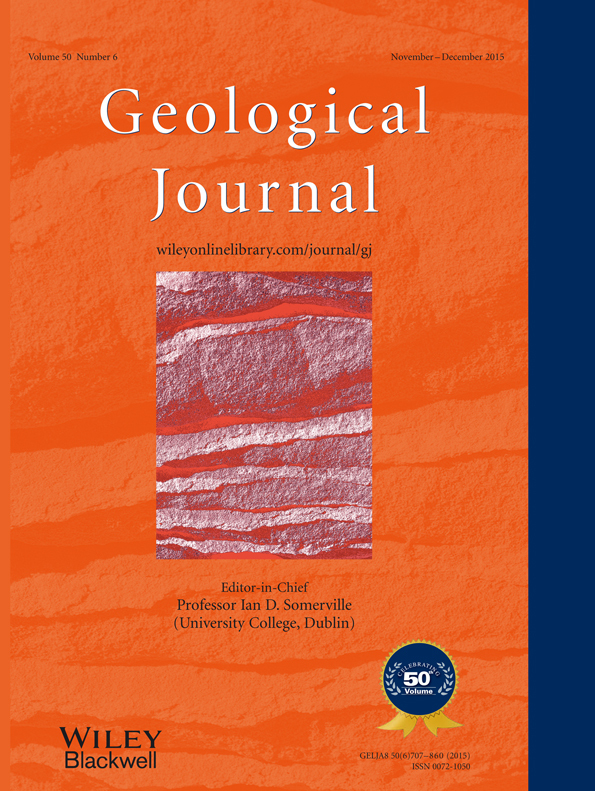Vertebrate Palaeontology by . Fourth edition. Wiley-Blackwell, Chichester, 2014. No. of pages: x+480. Price: UK£39.95. ISBN 978-1-118-40684-7 (paperback)
Professor Mike Benton's Vertebrate Palaeontology has been a ‘classic’ ever since the first edition came out, 25 years ago. You can probably find one of its four editions on any palaeontologist's bookshelf. The latest edition, almost 10 years after the third, covers recent discoveries as well as novel interpretations of fossil finds.
The author leads a research group at the University of Bristol and has abundant experience with supervising students. It is easy to see how to use this textbook for students and courses in biology and geology. That being said, it is quite a technical book, on occasion going into depth rather quickly. Saying it is suitable for those who just want to know more about the evolution of vertebrates and ‘experience the flavour of how the research is done’ might be overselling it a bit.
Benton presents a short list of the aims that he had in mind when writing this textbook, and they are definitely all met. The book offers a readable history of vertebrates, highlights major evolutionary changes, shows how data were gathered, examines the present state of the tree of life and emphasises palaeontological methodology, in order to inform the would-be palaeontologist as they broaden their mind. Every chapter is accompanied by key questions and suggestions for further research, advancing your thoughts to go beyond just the information in the book and adopt the scientific way of thinking.
The fourth edition continues the tradition of illuminating vertebrate palaeontology well beyond just the dinosaurs. The cladistic structure of the book is well suited for palaeontology students with both biologic and geologic backgrounds. The clear illustrations, most in black and white, but with some in colour, will help the reader to understand the narrative of the history of vertebrate evolution. The boxes featured throughout all chapters tickle curiosity and once again challenge the reader to broaden their palaeontological horizon. In short, this book is well suited for (aspiring) students who want to learn more about geological time, new finds from China, the first jaws, the largest rodent or the colour of dinosaur feathers.




